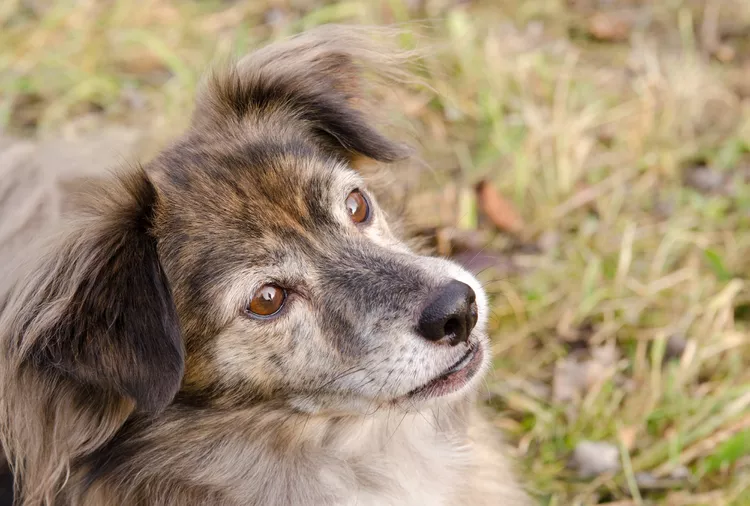
Feists are small, energetic dogs developed in the southeastern United States to hunt squirrels and catch vermin.
Their short, low-maintenance coat comes in a wide variety of colors and combinations. These intelligent, prey-driven dogs make great companion animals—so long as you give them enough exercise and attention.If you’re looking for a new four-legged friend to add to your family, consider the feist.
Here’s what to know about this lovable breed.
Group: Terrier
Height: 10-18 inches
Weight: 15-30 pounds
Coat: Short, straight
Coat color: Any and all
Life span: 15 to 18 years
Temperament: Energetic, loyal, curious
Hypoallergenic: No
Origin: United States
Feists are affectionate, outgoing, energetic dogs who absolutely adore their human family members. They make wonderful companions and are “certainly man’s best friend,” says Steve Buckley, who runs Buckley Farm Kennels in Prestonsburg, Kentucky.
"They are an all-around loving dog and very intelligent,” says Buckley, whose family has been raising, breeding, training, and advocating for feists for more than 100 years. “A first-time pet owner would have no problem keeping one.”
Originally bred as hunting dogs, they’re also curious and instinctual—so don’t be surprised if your dog’s temperament changes on a dime when they smell or see a prey animal.
"They can be happy, playful, or cuddly,” says Buckley. “However, turn them into the woods and they become all business. They love to hunt.”
These “dual-purpose” dogs are adaptable and can thrive in many different living arrangements and situations, says Buckley.
With proper socialization, feists get along with just about anyone—kids, other dogs, and even cats. One word of caution: Since their hunting drive is so strong, they may not be the best fit for households with small mammal pets, like guinea pigs, mice, rats, hamsters, and gerbils.
“They make wonderful family dogs,” he says.
The feist’s origin story is a little murky. However, in broad brushstrokes, these pups are descendants of hunting dogs brought to the United States by immigrants from Ireland and Germany. They were developed for hunting, catching vermin, and providing companionship in the southeastern United States, where they remain popular today. Feists hunt squirrels, as well as rabbits and raccoons; they can also help flush game birds.
As the legend goes, their name derives from “fice” or “fyst,” a German word that loosely translates as “stinky.” It’s not entirely clear how feists got their name (for the record, they’re not usually smelly), but it may have originated from the term “fysting curres,” which means “stinking dogs.”
Theodore Roosevelt, the 26th president of the United States, reportedly had a feist that kept the White House free of rodents. He began calling his dog a “rat terrier,” which is why we have a Teddy Roosevelt terrier dog breed today.
Many feist breeders have specific bloodlines they’ve been maintaining for decades. For Buckley’s family, for example, it’s the Appalachian prick-eared mountain feist.
Feists are not recognized by the American Kennel Club, though they are by the Continental Kennel Club, the National Kennel Club and the United Kennel Club. The UKC considers mountain feists and treeing feists to be separate breeds.
Here's how to best care for this spunky breed, from meeting their exercise needs to training your pup.
As their name suggests, these dogs are feisty. As such, they have a lot of energy to burn off every day—and they need an owner who’s willing to accommodate them. Long hikes, spirited fetch sessions, nosework, and other activities will help keep your feist on her best behavior. Without enough exercise, these little pups can become bored and destructive.
Since they’re highly prey driven and bred to chase squirrels and other scurrying creatures, keep a tight hold on your feist’s leash unless you’re in a securely fenced area.
Feists are also skilled athletes who often excel at canine sports. They are particularly well-suited for flyball, agility, and weight pull. And, of course, feists love to go on hunts for small animals.
Stimulate your feist’s keen sense of smell and keep her mentally engaged with interactive toys, like puzzles that require her to sniff out tasty treats.
"These dogs are very active and love to roam and play,” says Buckley. They need to be taken on walks, turned loose in the yard, or, if you are a hunter, hunted.”
Feists are relatively low-maintenance when it comes to grooming. Unless they roll around in mud, their short, sleek, low-shedding coats don’t need much tending to—a good bath every now and then should suffice. Brushing can be a good way to bond with your feist, too.
The feist grooming regimen should also include nightly tooth brushing and deeper teeth cleanings as recommended by your vet. Check your feist’s ears regularly for any debris or build-up, and clean them as necessary using an ear-cleaning solution.
Since feists are active pups, their nails may grind down naturally from running on pavement or other rough surfaces. But this varies from dog to dog, so you may need to trim your pup’s nails.
Feists are highly intelligent pups who are eager to please their human owners. This is a win-win scenario for pet parents, because it means training should be relatively easy using positive reinforcement techniques. After your feist learns the basics—like sit, down, stay, and come—start leveling up the difficulty and work on tackling progressively more challenging tricks together. More than likely, your feist will be an eager student—and the training sessions will help keep this high-energy pup stimulated.
“Pleasing their master makes them the happiest,” says Buckley. “They love to please and be rewarded for it.”
Feists are sturdy little dogs who usually lead long, happy lives. They’re generally free of major health problems, but may be susceptible to:
Feed your feist a nutritious, high-quality dog food (or consider making your own), and ensure she always has access to fresh, clean water. Since feists are so active, they aren't usually at risk of being overweight with a proper diet. But your veterinarian can help you determine—and maintain—the best weight for your individual pup, based on her frame, exercise levels, and other factors. Keep different kinds of treats on hand to reward good behaviors but, remember, they should never make up more than 10% of your dog’s daily calories.
Feists are most abundant in the southeastern United States so, if you live in that region, you’ll likely have no trouble finding a reputable breeder. If you live elsewhere, you may have a more difficult time finding one. Keep an eye on animal shelters and local rescue organizations to see if any feists become available for adoption. Feist puppies typically cost around $500.
Manageable size
Eager to please
Low-maintenance grooming
Needs lots of exercise
Not widely available outside the southeastern U.S.
Strong prey drive
Feists are versatile dogs who will dutifully keep your yard free of vermin one minute, then happily cuddle on the couch the next. If you’re looking for a lovable, spunky companion, a feist may be the right option for you. But do your homework by talking to feist breeders and owners to determine whether to add a feist to your family.
If you’re interested in similar breeds, check out:
There’s a whole world of potential dog breeds out there-with a little research, you can find the right one to bring home!
No dog is truly hypoallergenic. But because they have low-shedding coats, feists may be a good option for people who suffer from allergies.
Feists usually only bark for a reason—such as when they’ve successfully cornered a squirrel while hunting.
Like all high-energy dogs with strong drive, feists need regular exercise and stimulation. Without it, they may tear up or chew whatever they can find. Keep plenty of tough toys and dog chews around to help redirect your feist’s energy.

Exploring the Different Types of Pet-Friendly Beaches
Are you looking for pet-friendly beaches? Learn about the different types of pet-friendly beaches, their locations, and tips for visiting them with your pet.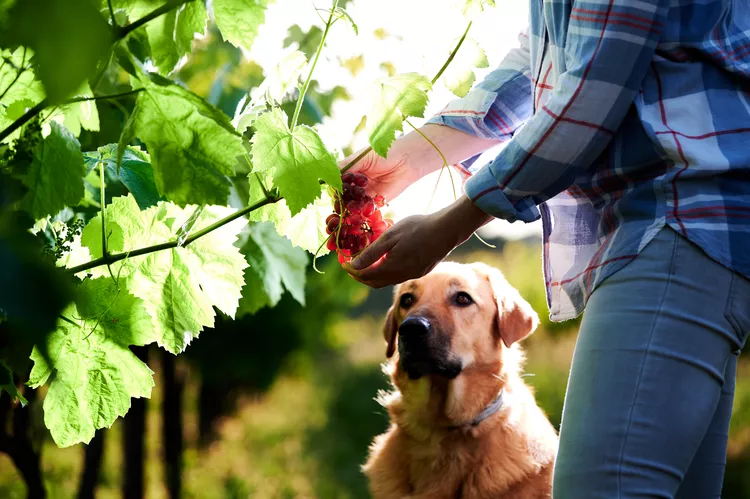
Exploring Pet-Friendly Wineries: Types, Locations, and More
Discover the different types of pet-friendly wineries, where to find them, and what to expect when you visit. Learn more with The Spruce Pets.
Why Is My Dog’s Eye Swollen?
If your dog's eye is swollen, she may need veterinary attention. The inflammation could be caused by allergies, an injury, or even a tumor.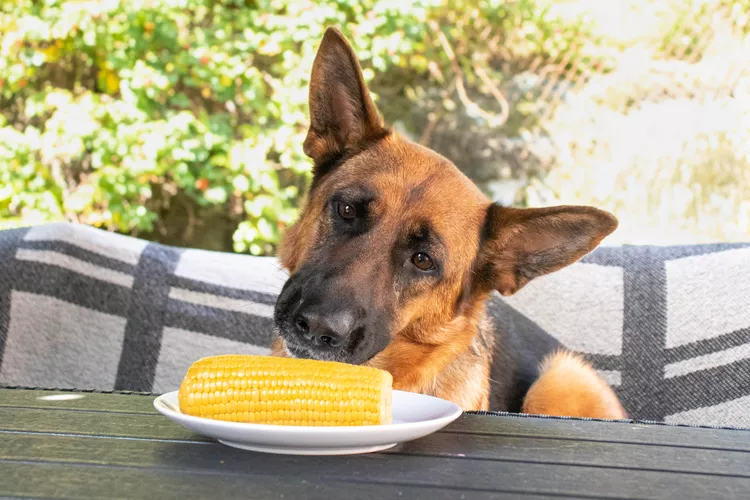
Can Dogs Eat Corn on the Cob?
Dogs love chewing on corn cobs, but this can cause serious harm. Learn about the dangers of corn cobs and find out what to do if your dog eats one.
Can Dogs Eat Papaya? What to Know About Sharing This Tropical Fruit With Your Pup
Papaya is safe for dogs in moderation, and it can even provide some nutritional value for them. However, too much can cause digestive upset, and it's not suitable to share with dogs with certain health conditions.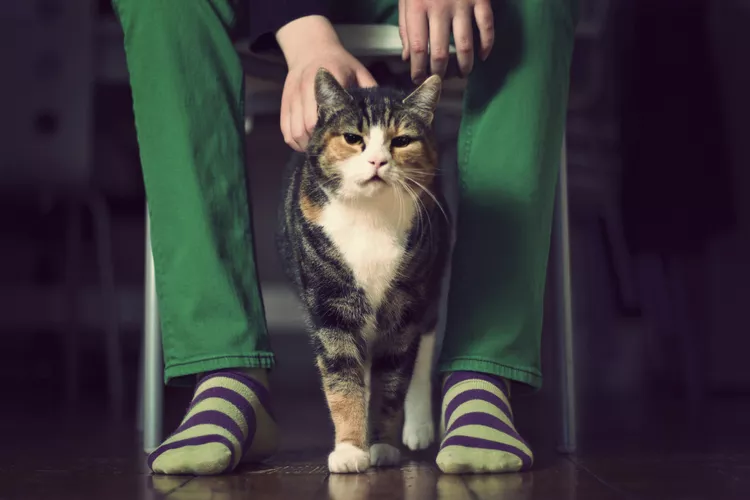
65 Irish Cat Names
Irish cat names can pay homage to historical places, local cuisine, famous Irish actors and musicians, or other wonderful aspects of the Emerald Isle.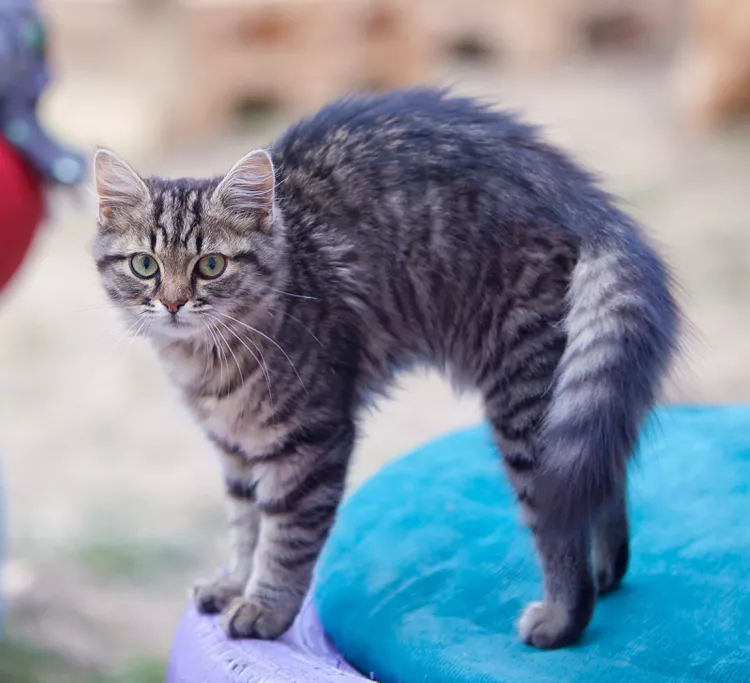
Feline Hyperesthesia Syndrome (FHS) in Cats
Rippling skin is more than dermal sensitivity in cats. It can be a sign of Feline Hyperesthesia Syndrome. Learn the causes, treatment, and prevention.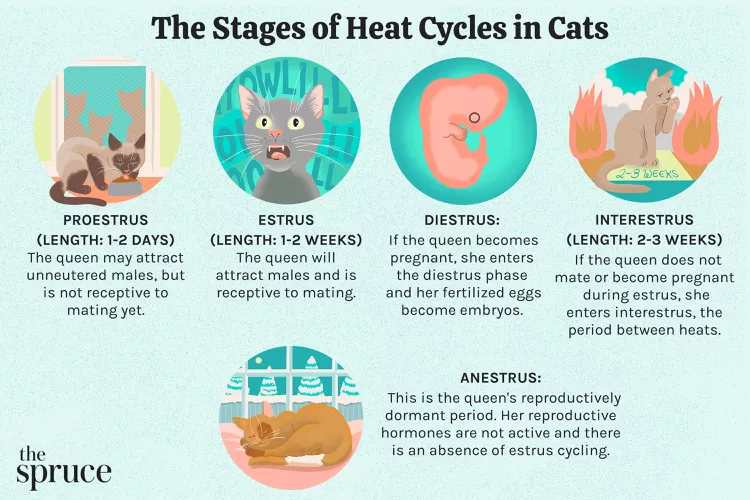
How Long Are Cats in Heat?
How long are cats in heat? Learn about the heat cycles of cats, also called estrus, as well as the reasons you should spay your cat.
Can Dogs Eat Raw Chicken Feet?
What are the potential health benefits of chicken feet for dogs? What are the risks?
Is Eucalyptus Safe for Cats?
Many products containing eucalyptus are not safe for cats, and it is important to be aware of the risks to your cat.
What You Need to Know About Homemade Cat Food
If you want to cook for your cat, make sure to read about the risks associated with homemade diets for cats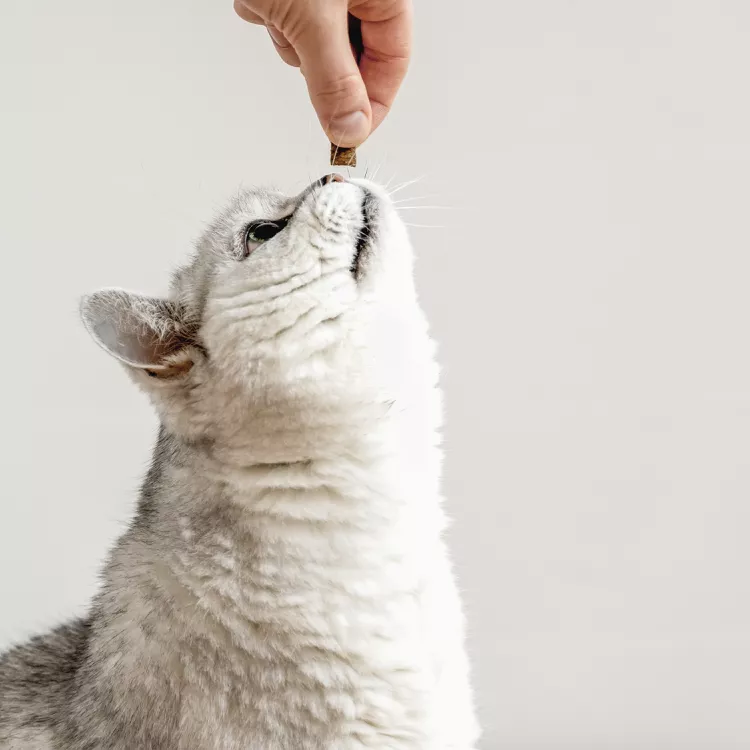
Can Cats Eat Peanut Butter?
Peanut butter is not toxic to cats, but it might not be the best choice of treat for them.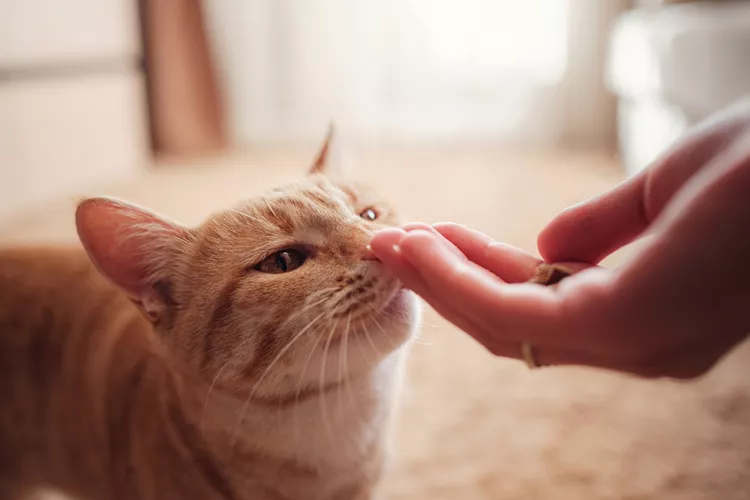
Can Cats Eat Cheese?
Can cats eat cheese? Is it healthy for them? How much can they eat and what should you do if you fear your cat has eaten too much cheese?
8 Flat-Faced Cats with the Cutest Smooshed Faces
These flat-faced cat breeds have a distinct and adorable appearance. Learn about their origins and traits, and the potential health risks tied to their unique facial structures.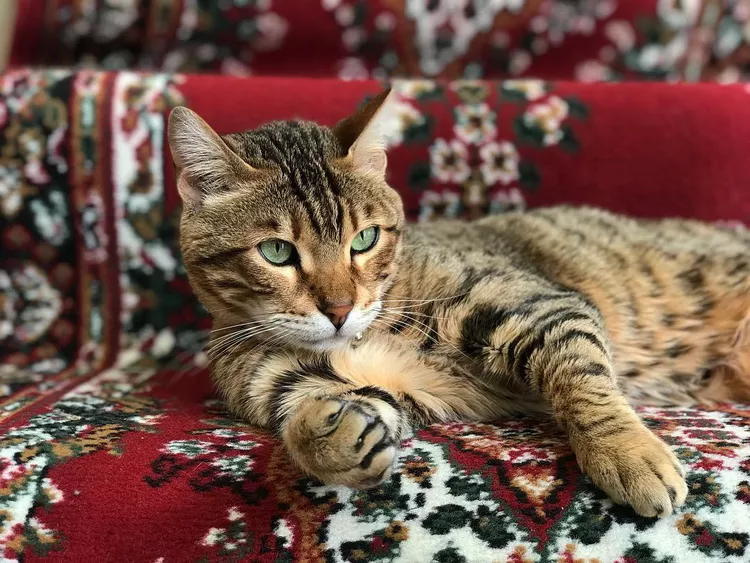
Pictures and Facts About Bengal Cats and Kittens
Bengal cats are a cross between wild cats and domestic cats. Learn more about what they look like and pictures of this beautiful spotted breed.
Top 10 Big House Cats
Larger cat breeds, like Maine coons and savannahs, deserve just as much love as their petite counterparts. These big house cats tip the scales.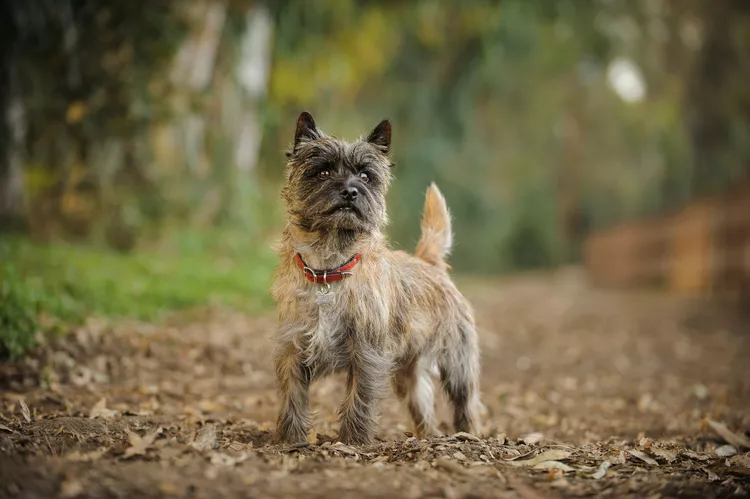
Cairn Terrier: Dog Breed Characteristics & Care
The cairn terrier is a spunky, affectionate, and intelligent dog from Scotland. The breed became famous when one played Toto in The Wizard of Oz. Learn about the temperament, history, health, and care needs of the cairn terrier dog breed.
Reasons Why Dogs Grind Their Teeth
Some dogs grind their teeth. Learn why dogs grind their teeth and if it can be harmful. Find out what to do about teeth grinding in dogs.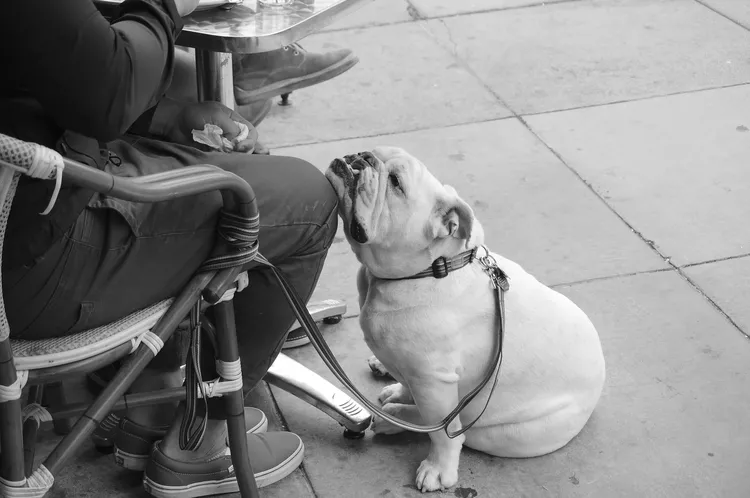
This Is Why Some Dogs Lean on People
Certain dogs really love leaning on their humans. What does this mean? Find out why dogs lean on people and if this is ever a problem.
Can Dogs Get Depression? How to Help Your Sad Dog
Can dogs get depression? Learn about the signs of depression in dogs and find out how to help your sad dog.